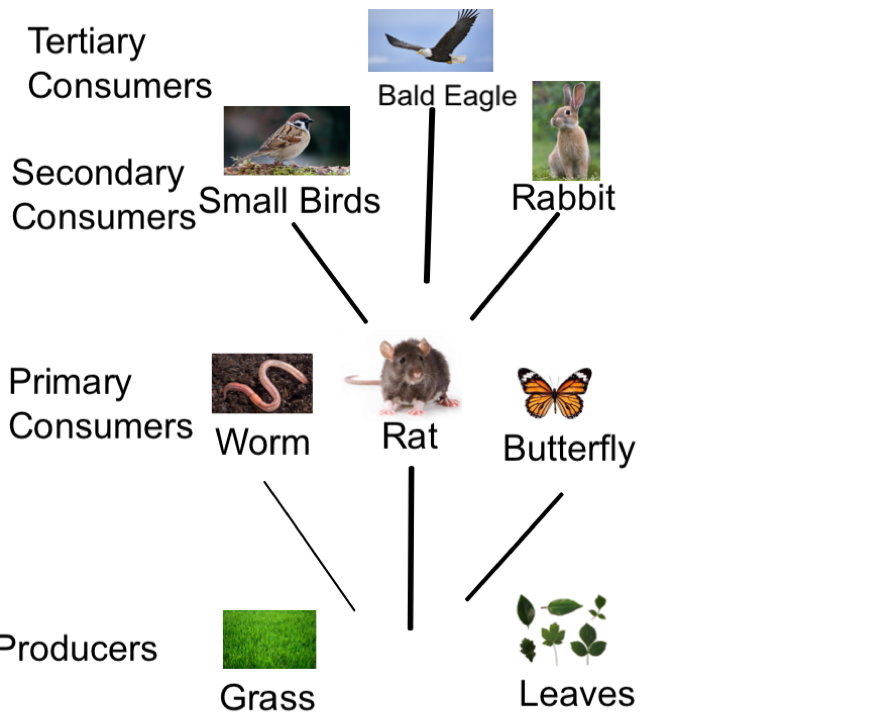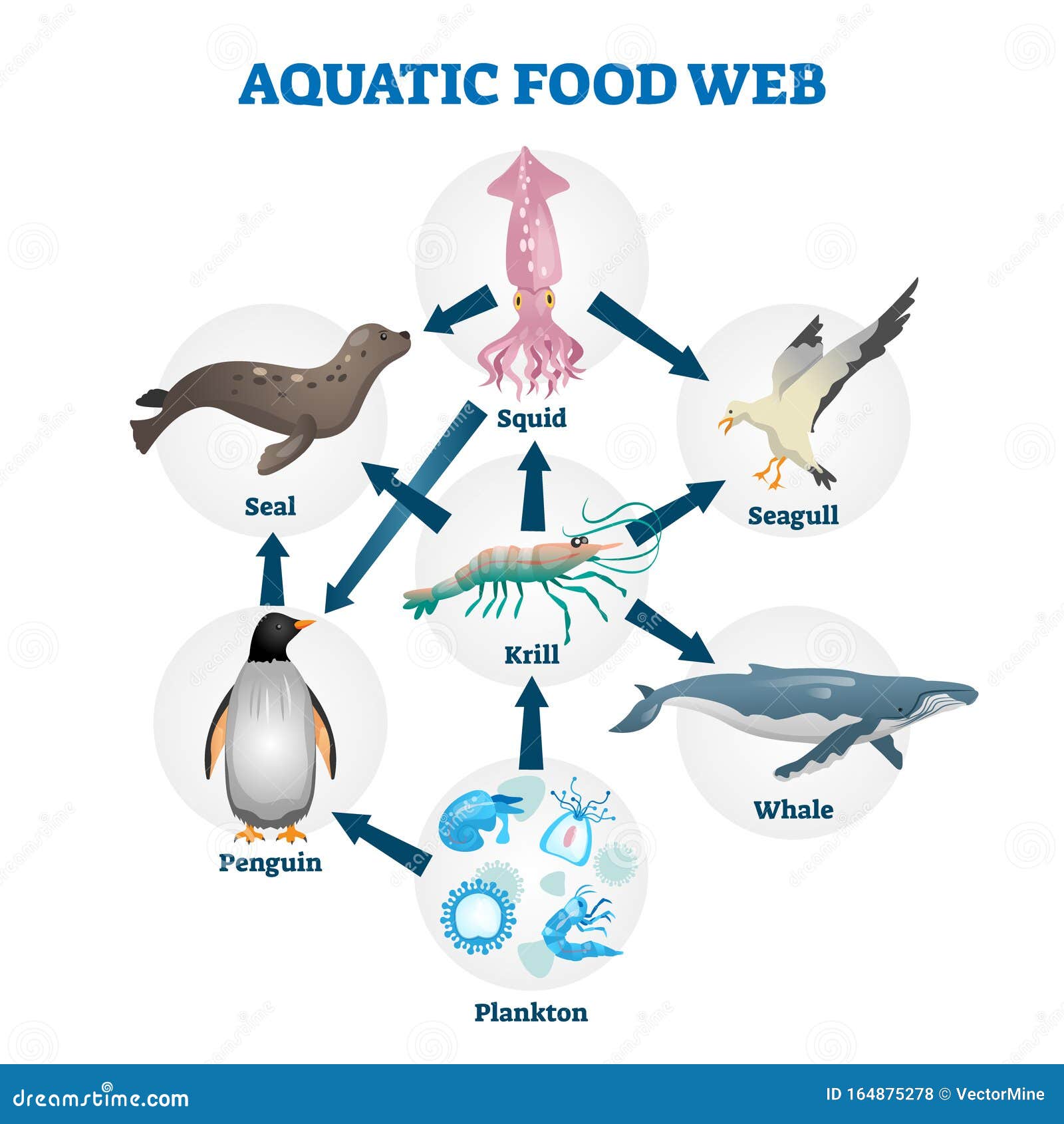Cornell Institute for Biology Teachers Biology Diagrams Artificial reefs are widely recognized for their role in improving the ecological environment and creating protected habitats for marine organisms, ultimately enhancing biodiversity within the food web and fisheries resources. This study utilizes stable isotopes to analyze fish samples ranging from 3.4 to 1067 g in body mass, collected within the artificial reef area of Haizhou Bay. The 2012 The dynamics of food chains under climate change and nutrient enrichment Phil. Trans. R. Soc. B Lassus R, Morla J, Daufresne M and Sentis A (2024) Direct effect of artificial warming on communities is stronger than its indirect effect through Vieira R and Sturrock A (2024) Fish habitat ecology in a changing climate, Journal of Fish By studying food chains, ecologists better understand ecosystem dynamics, including the flow of energy, population control, and the impact of human activities on natural habitats. Key Points Food chains are linear models that illustrate energy transfer from producers to top consumers.

3. Dynamics of Food Chains. Food chains are dynamic systems influenced by various factors: Energy Transfer: Energy flows through a food chain in a unidirectional manner, with each trophic level capturing only a fraction of the energy from the previous level. Trophic Levels: Organisms occupy specific trophic levels based on their position in the food chain, with energy decreasing as it moves up How long does it take for a pond habitat to establish? A new pond habitat typically takes 6-12 months to establish a balanced ecosystem, though full maturity may take 2-3 years. The establishment timeline includes: First 2-4 weeks: Initial water chemistry stabilization; 1-3 months: Beneficial bacteria colonization; 3-6 months: Plant establishment

Geographic Book Biology Diagrams
Food chain is a linear sequence that depicts the flow of energy and nutrients in an ecosystem through various organisms. It begins with producers (plants or autotrophs) that capture solar energy and create food through photosynthesis. This energy is transferred to primary consumers (herbivores), then to secondary and tertiary consumers (carnivores and omnivores), and finally…

Habitat complexity is a key-driver of biodiversity in a range of different ecosystems such as upland streams, temperate lakes, and deciduous forests (Dean and Connell, 1987; Downes et al., 1998; Kostylev et al., 2005; Lawton, 1983; MacArthur and MacArthur, 1961).For example, branching trees support fish biodiversity in temperate lakes (Newbrey et al., 2005), and the height profile of foliage

The dynamics of food chains under climate change and nutrient ... Biology Diagrams
As a man-made structure, artificial reef is regarded as an effective tool for protecting and supporting the marine environment and restoring habitats (Mclean et al., 2015, Chen et al., 2019, Tang et al., 2021), which not only create suitable habitats for the growth, breeding, forage and defense of marine organisms (Sherman et al., 2002), but also mitigate habitat loss and protect
